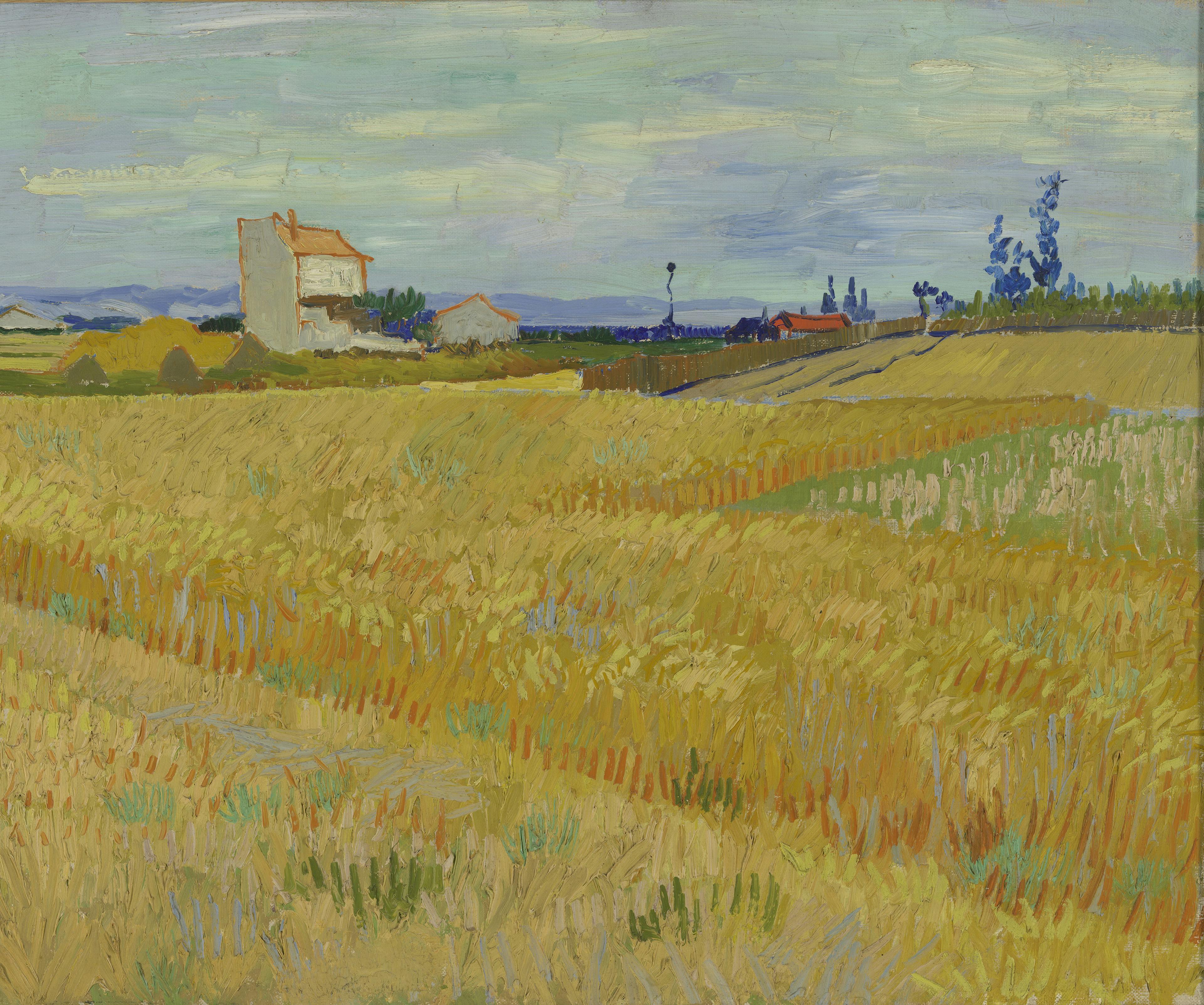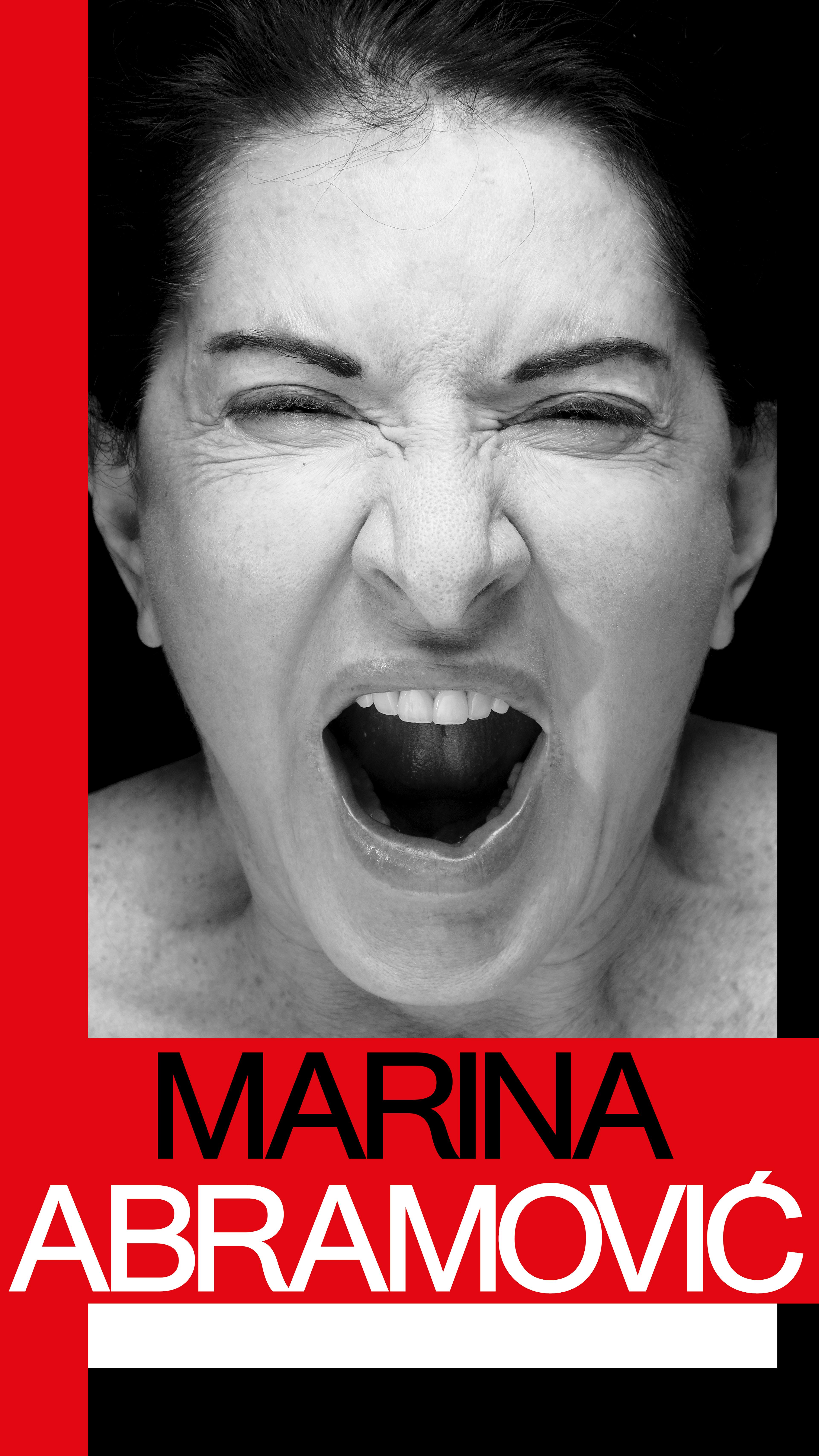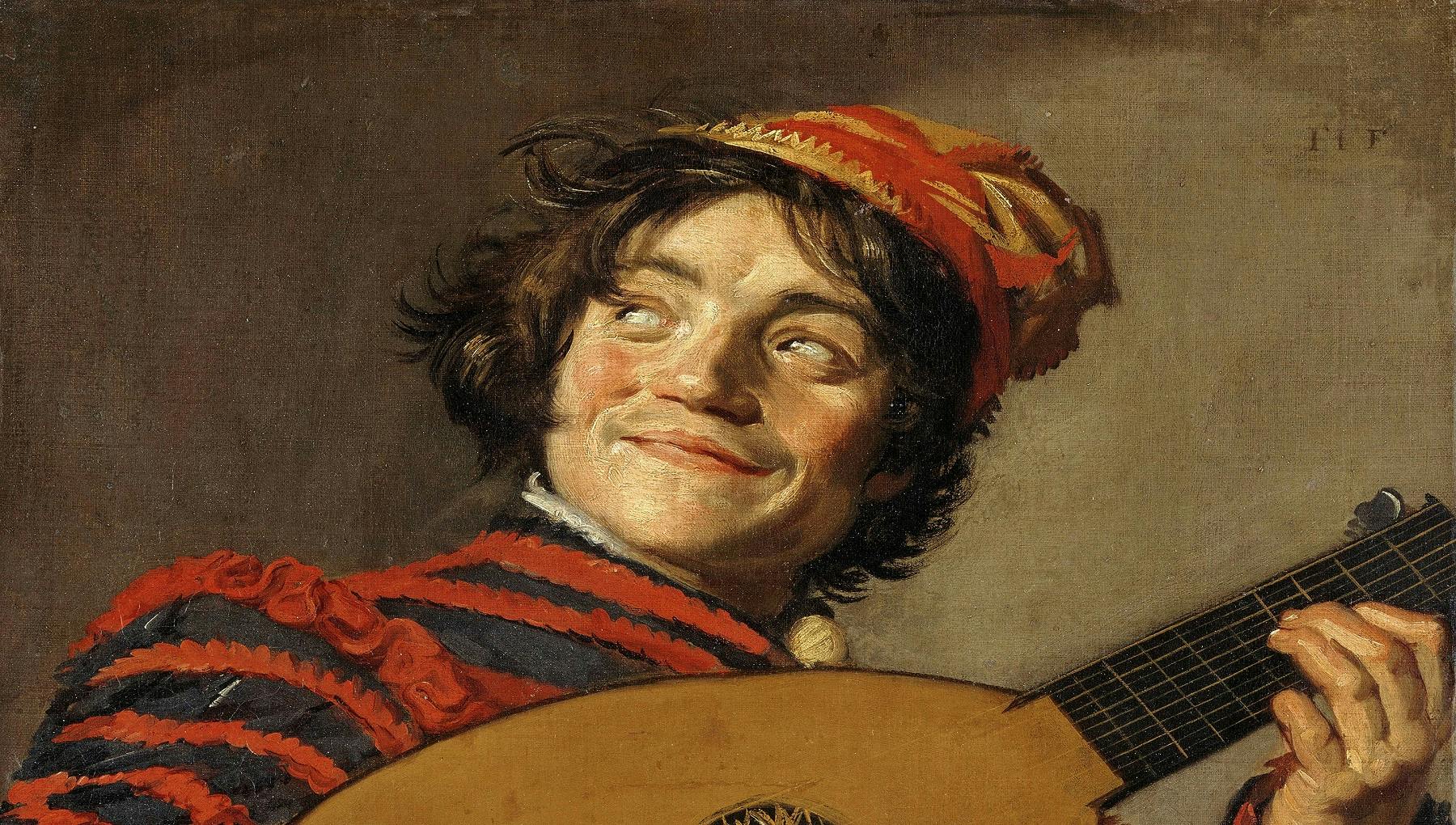Exhibitions
Frans Hals at the Rijksmuseum
The Philips Wing in the Rijksmuseum makes room for fifty of the best works by the Haarlem master Frans Hals from top international collections.
Frans Hals at the Rijksmuseum
Accessibility
 General accessibility provisions
General accessibility provisions
Present, available or allowed
- Service dog allowed
- Personal assistant
- Sensory experience
- Accessible building
- Rest areas
Frans Hals at the Rijksmuseum
Similar in Amsterdam

Point of view at the Rijksmuseum
Rijksmuseum
Accessibility facilities

03
Jan '25
12
Jan '25
Festival Frenzy
09:00 - 17:00
Rijksmuseum
Accessibility facilities

Stop Motion
Rijksmuseum
Accessibility facilities

03
Jan '25
12
Jan '25
Asian Bronze at the Rijksmuseum
09:00 - 17:00
Rijksmuseum
Accessibility facilities

Lee Ufan in the Rijksmuseum Gardens
Rijksmuseum
Accessibility facilities
Free entrance

Family month with Donald Duck
Rijksmuseum
Accessibility facilities


03
Jan '25
02
Jun '25
In de prentenkabinetten van het Rijksmuseum: Ode aan 750 jaar Amsterdam
09:00 - 17:00
Rijksmuseum
Accessibility facilities
Tickets Available

3x Van Gogh
Rijksmuseum
Accessibility facilities

Marina Abramović
Stedelijk Museum - Modern and Contemporary Art and Design
Accessibility facilities

16
Jan '25
25
Mar '25
The power of colours
09:00 - 17:00
Van Gogh Museum
Accessibility facilities
Tickets Available
